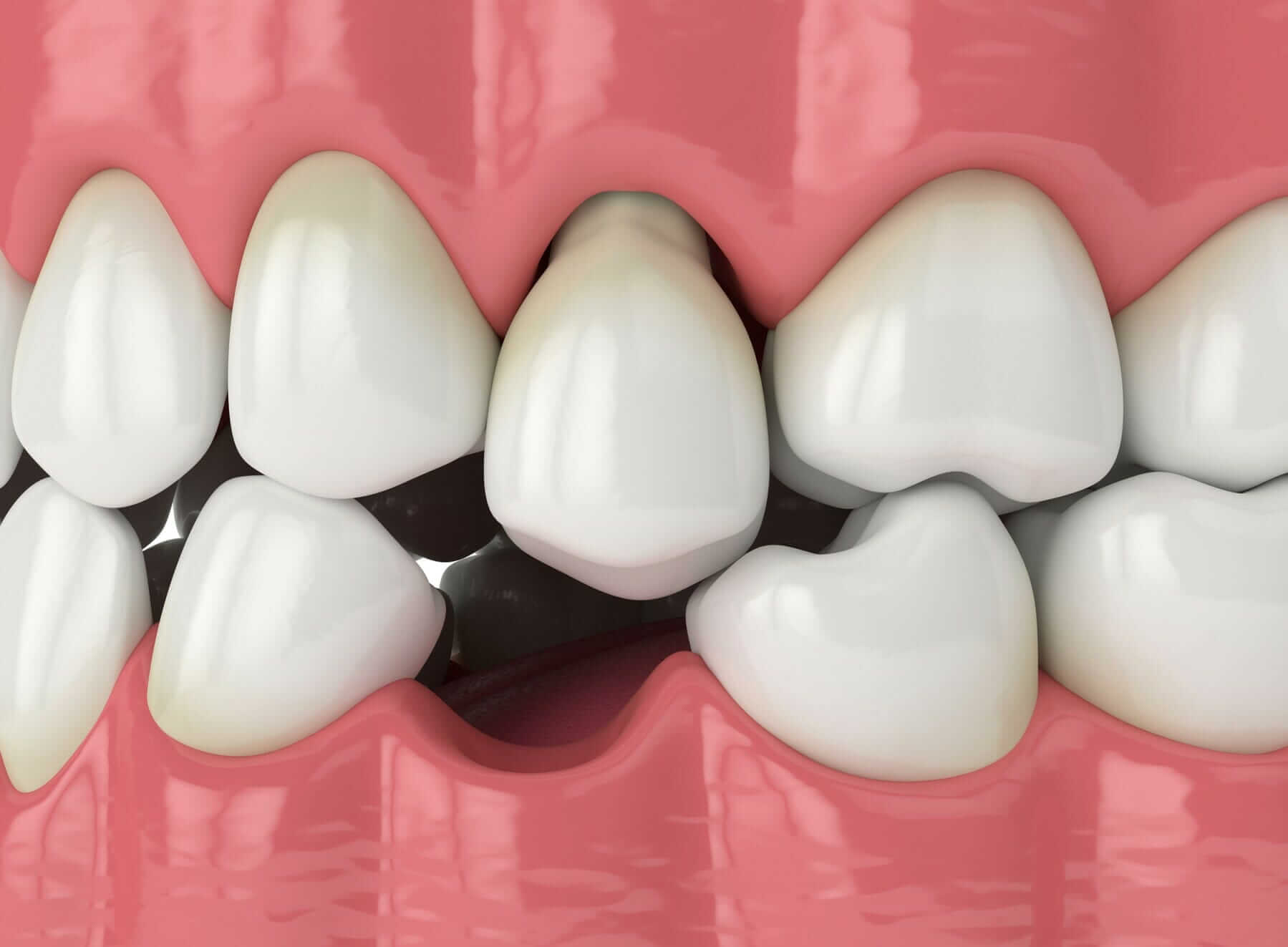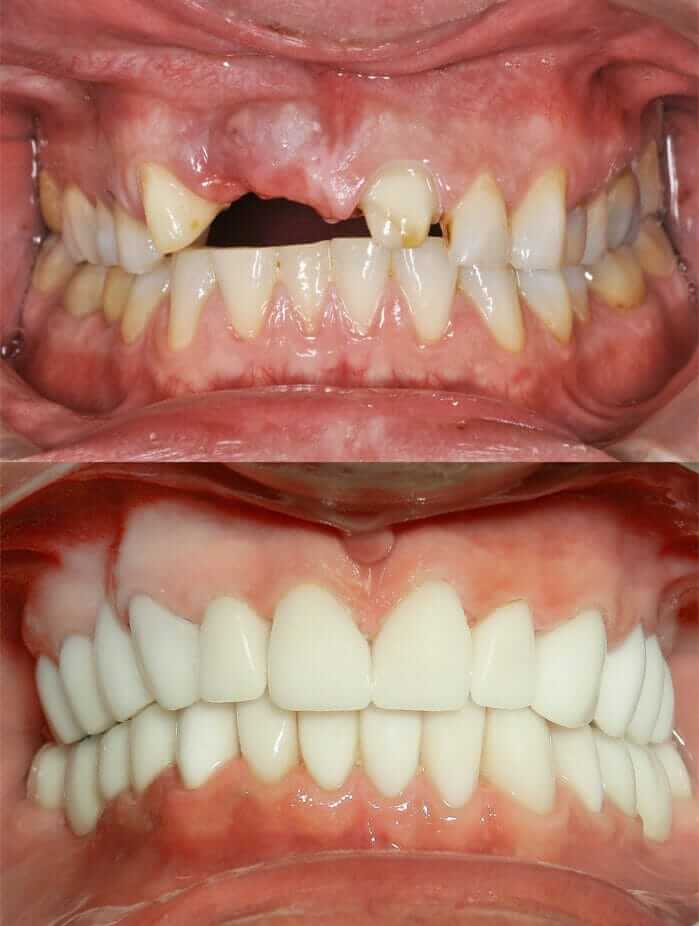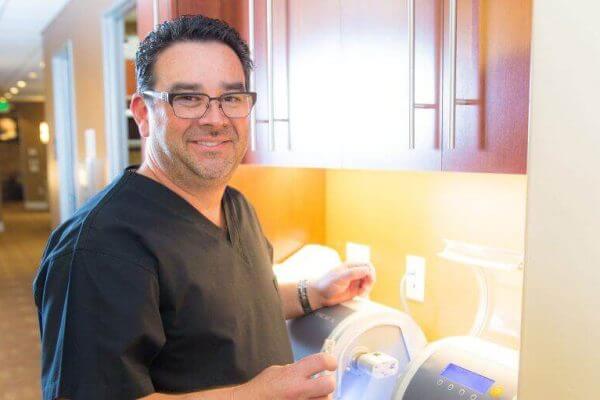Lakefront Family Dentistry has been treating patients for 30 years in Southern California. One of the most important resources dentists must provide patients to attain the most beautiful smile transformations is using the latest dental technology.
Dr. Hauser and Dr. Phillipe have invested a significant portion of their revenue into using the in-house CEREC CAD/CAM system with two milling machines, Panoramic digital X-ray equipment, Solea Laser, and oral sedation for dental anxiety patients.

One of the benefits of using the latest dental technology at Lakefront Family Dentistry in Lake Elsinore is patients have the luxury of having same-day porcelain crowns.
However, most patients do not understand the issues with merely choosing an extraction and what happens to the gap where the tooth was once located.
We will discuss the pros and cons to this topic and related items so patients can make education decisions when it comes to their oral health.
Our private practice also offers Care Credit for those who qualify.

Root Canal Treatment vs. Tooth Extraction
Root canal treatment is a procedure that involves removing the infected or damaged pulp (nerve and blood supply) from inside a tooth, cleaning and shaping the canal, and filling it with a sealing material to prevent reinfection. Having a root canal treatment instead of an extraction has several important benefits:
- Saves the natural tooth: Root canal treatment allows you to keep your natural tooth, which helps maintain the integrity of your jawbone and surrounding teeth.
- Relieves pain: The treatment helps alleviate the pain and discomfort caused by the infected or damaged pulp.
- Prevents tooth loss: Extractions can lead to tooth loss and cause changes in bite and alignment of other teeth.
- Cost-effective: Root canal treatment is often more cost-effective in the long run than tooth extraction and replacement with an artificial tooth.
- Improves oral health: Keeping a natural tooth helps maintain a healthy smile and oral function.
Root canal treatment is a valuable option for saving a damaged or infected tooth and preserving overall oral health. Dr. Phillipe and Dr. Hauser have treated thousands of patients with root canals over the years with great success.

What Happens When an Extracted Tooth is Not Replaced?
When a tooth is extracted and not replaced with a dental implant and crown, the gap left by the missing tooth can have a significant impact on the surrounding teeth, bite, and jawbone. Some of the consequences of not replacing an extracted tooth include:
- Shifting teeth: The surrounding teeth may shift into the empty space, leading to changes in the bite and alignment of the remaining teeth.
- Decreased biting and chewing efficiency: The loss of a tooth can reduce the ability to bite and chew properly, leading to discomfort and difficulties with eating certain foods.
- Jawbone loss: The jawbone in the area of the missing tooth can shrink over time, leading to changes in the shape of the jaw and face.
- Increased risk of gum disease: When a tooth is extracted, the surrounding gum tissue can become vulnerable to infection and inflammation, increasing the risk of gum disease.
- Adjacent tooth damage: The force exerted on adjacent teeth can increase, leading to damage and the need for further dental treatment.
Not replacing an extracted tooth can have significant negative effects on the surrounding teeth, jawbone, bite, and overall oral health. To prevent these consequences, it’s important to replace missing teeth as soon as possible. Dr. Mark Phillipe, DDS, and Dr. Derek Hauser, DDS, can provide a course of treatment for these types of dental conditions.
What Determines Whether or Not a Patient Qualifies for Implants
Dental implants are a popular option for replacing missing teeth. However, not everyone qualifies for this treatment. The following factors can impact whether someone is a candidate for dental implants:
- Jawbone density: If there has been significant jawbone loss, the implant may not have enough support to remain in place. In such cases, a bone graft or sinus lift procedure may be required to build up the jawbone prior to implant placement.
- General health: People with certain medical conditions, such as uncontrolled diabetes or a weakened immune system, may not be good candidates for dental implants. Similarly, individuals who use tobacco or have a history of heavy alcohol or drug use may not be suitable for the procedure.
- Dental health: Good oral hygiene and a healthy gum tissue are essential for successful implant placement and long-term success. If you have gum disease or other dental health issues, these must be treated prior to implant placement.
- Age: While there is no age limit for dental implants, some elderly patients may not be suitable candidates due to physical or medical conditions that would limit the healing process.

Candidates for dental implants should have sufficient jawbone density, good overall health, healthy gum tissue, and a commitment to maintaining good oral hygiene. A comprehensive evaluation by Dr. Phillipe and Dr. Hauser can help determine if you are a candidate for this treatment.
Depending on the patient’s oral health and specialty required, our highly experienced dentists will refer patients to our list of recommended oral surgeons, if required, after an initial consultation.
CEREC Dental Technology Makes Porcelain Crowns the Same Day
CEREC (Chairside Economical Restoration of Esthetic Ceramics) is a state-of-the-art dental technology that allows dentists to create high-quality porcelain dental crowns in just one visit to their office. Here’s how it works:
- Preparation: Dr. Hauser or Dr. Phillipe prepare the tooth for the crown by removing any decay or damaged material and shaping the tooth to fit the crown.
- Scanning: We use a special camera to take a digital impression of the prepared tooth and surrounding teeth and gums. The impression is then sent to a computer for analysis.
- Design: The computer software creates a digital model of the crown, which can be customized to match the color, shape, and size of the surrounding teeth.
- Milling: The digital model is sent to an on-site milling machine that creates the crown from a block of porcelain material. This process takes only a few minutes.
- Bonding: Dr. Phillipe or Dr. Hauser will check the fit and appearance of the crown and bonds it to the prepared tooth using a strong dental adhesive.
The entire process, from preparation to placement, can be completed in just one appointment, which is why CEREC is often referred to as “same-day” dental technology. The resulting crowns are strong, durable, and natural-looking, and they can be customized to match the color, shape, and size of your surrounding teeth.

CEREC technology offers patients the benefit of a beautiful porcelain crown in just one appointment, saving time and reducing the need for multiple visits to the dentist. This technology can also eliminate the need for temporary crowns and improve the overall dental experience for patients.
Dr. Hauser and Dr. Phillipe have offered CEREC technology in-house well over a decade and have the most experience getting amazing results.
Our 5-star reviews on Google and Yelp and thousands of referrals make Lakefront Family Dentistry one of the most popular dentist office choices in Southern California.
Call the front desk at (951) 244-9495 and speak with one of our Patient Coordinators to ask any questions about Root Canal Treatment vs Tooth Extraction and schedule your consultation today or fill out the Request Appointment form through our website anytime.





